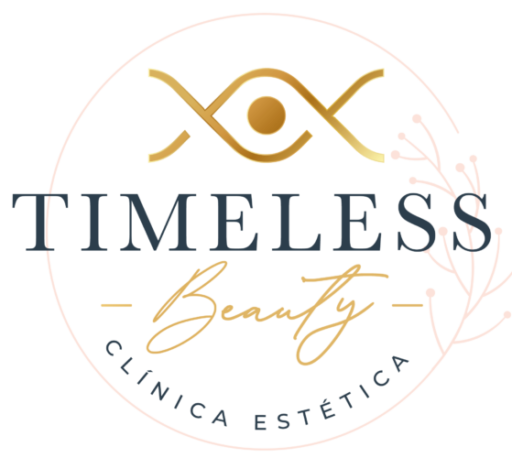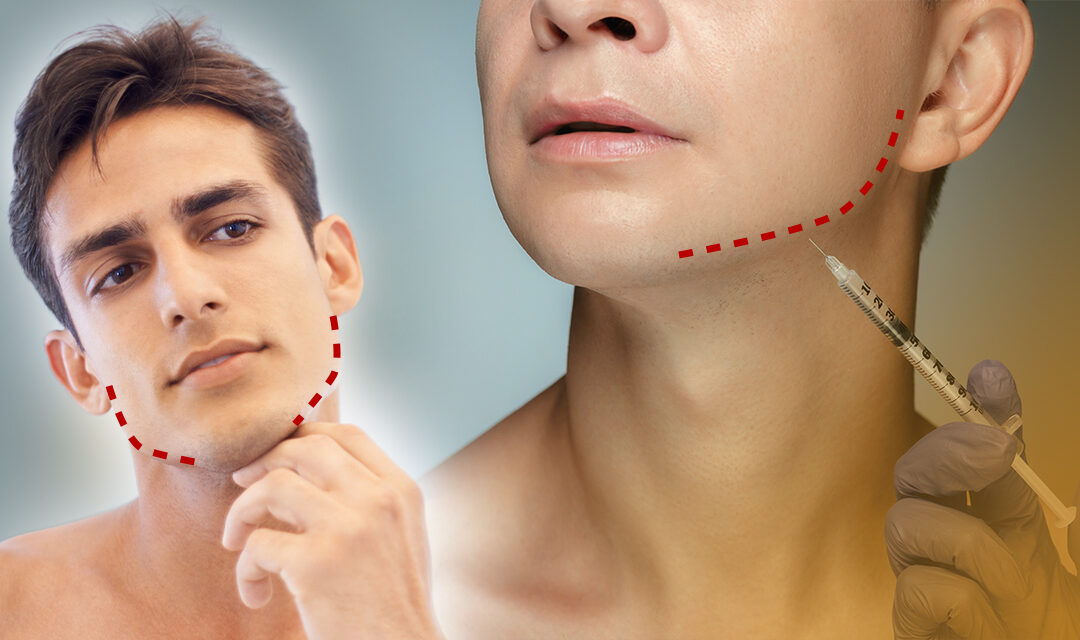Masseter Botox has become a cornerstone in aesthetic and therapeutic treatments, offering a non-invasive solution for jawline slimming and relief from jaw-related conditions like bruxism (teeth grinding) and temporomandibular joint (TMJ) pain. This treatment is sought after for its ability to subtly enhance facial contours while providing medical benefits, all with minimal downtime.
In this comprehensive guide, I’ll explain how Masseter Botox works, its benefits, scientific backing, and practical considerations for those interested in this transformative procedure.
What Is the Masseter Muscle?
The masseter muscle is one of the main muscles involved in chewing. Located on either side of the jaw, it plays a critical role in the movement and function of the jaw. However, excessive activity—such as from habitual teeth grinding or clenching—can lead to masseter hypertrophy, where the muscle becomes enlarged. This condition often results in a square or bulky lower face, which some individuals may find aesthetically undesirable.
Masseter Botox addresses this issue by relaxing the overworked muscles, leading to a slimmer jawline and alleviating functional symptoms such as pain and grinding.
How Does Masseter Botox Work?
Botox, or botulinum toxin type A, is a neuromodulator that temporarily blocks nerve signals to the injected muscle. This results in reduced muscle activity and, over time, a decrease in muscle size (atrophy). Here’s what you can expect from the process:
-
Relaxation: Botox injections relax the masseter muscles, preventing excessive clenching or grinding.
-
Reduction in Muscle Size: With less activity, the muscles gradually shrink, softening the contours of the face.
-
Facial Recontouring: As the muscles slim down, the jawline appears more tapered, complementing the natural harmony of the face.
The Aesthetic and Medical Benefits of Masseter Botox
-
Facial Slimming
One of the primary reasons people seek Masseter Botox is to achieve a slimmer, more contoured lower face. By reducing the bulk of the masseter muscles, the jawline transitions from square to oval or heart-shaped, which is often associated with a youthful and balanced appearance. -
Relief from Bruxism
Excessive teeth grinding not only damages teeth but also causes tension headaches, jaw pain, and muscle soreness. Botox helps by reducing the strength of the muscle contractions, easing these symptoms. -
Reduction in TMJ Pain
TMJ disorders can cause chronic discomfort in the jaw, difficulty in movement, and headaches. Masseter Botox relaxes the muscles around the joint, reducing strain and providing relief. -
Non-Invasive Treatment
Unlike surgical jaw reduction, Botox offers a safe, quick, and minimally invasive alternative. There’s no need for downtime or anesthesia, making it a convenient option for busy individuals.
What Does the Procedure Involve?
The Masseter Botox procedure is straightforward, with minimal discomfort and no downtime. Here’s a step-by-step breakdown:
-
Consultation
During your initial consultation, your practitioner will assess the size and activity of your masseter muscles and discuss your goals. Factors like jaw shape, bite alignment, and facial symmetry are considered. -
The Injection Process
The actual procedure takes only 10–15 minutes. Using a fine needle, your provider will inject Botox into several targeted points of the masseter muscles. While most patients feel only a slight pinch, a numbing cream may be applied for added comfort. -
Recovery
Post-procedure care is minimal. You can return to your normal activities immediately, though you should avoid rubbing the area, engaging in intense physical activity, or lying down flat for at least 4 hours. -
Results
-
Initial effects, such as relief from bruxism, may be noticeable within a week.
-
Facial slimming becomes evident after 4–6 weeks as the muscle size decreases.
-
Results last 4–6 months, after which maintenance treatments are recommended.
-
Scientific Evidence Supporting Masseter Botox
Numerous studies from the past few years validate the efficacy and safety of Masseter Botox:
-
Facial Slimming Effectiveness:
A 2021 study published in Aesthetic Plastic Surgery confirmed that botulinum toxin injections effectively reduced masseter muscle size and improved facial aesthetics over a 12-week period.
Full Link: https://link.springer.com/article/10.1007/s00266-021-02248-1 -
Bruxism Management:
A 2022 randomized controlled trial in Clinical Oral Investigations demonstrated that Botox injections significantly alleviated symptoms of bruxism, including jaw pain and tooth wear, with results lasting up to six months.
Full Link: https://link.springer.com/article/10.1007/s00784-022-04469-0 -
TMJ Disorder Relief:
A 2020 study in Pain and Therapy showed that botulinum toxin reduced TMJ-associated pain and improved quality of life in patients with chronic jaw disorders.
Full Link: https://link.springer.com/article/10.1007/s40122-020-00193-7
Cost of Masseter Botox
Prices for Masseter Botox vary depending on factors like location, provider expertise, and the number of units needed. On average, you can expect to pay $250 to $400 per session. Many clinics offer package deals for ongoing treatments, as results typically last 4–6 months.
To find reputable practitioners in your area, explore resources like:
Common Concerns and FAQs
-
Does Masseter Botox Hurt?
The procedure involves minimal discomfort. Most patients describe the sensation as a small pinch, and a numbing cream can be used if necessary. -
Will It Affect My Ability to Chew?
Chewing may feel slightly weaker or fatigued when eating tough foods in the first few weeks. However, this typically resolves as your muscles adjust. -
How Often Will I Need Treatments?
To maintain results, treatments are usually repeated every 4–6 months. With consistent use, muscle size may reduce over time, requiring less frequent maintenance. -
Are There Any Risks?
Side effects are rare but may include mild swelling, bruising, or temporary asymmetry. Choosing an experienced provider minimizes these risks.
Comparing Masseter Botox to Other Jaw Slimming Options
-
Surgical Jaw Reduction
-
Pros: Permanent results; suitable for bone-related jaw prominence.
-
Cons: Invasive, significant recovery time, and potential for complications.
-
-
Dermal Fillers
-
Pros: Enhances jawline definition and complements Botox.
-
Cons: Does not address muscle hypertrophy or slim the jaw.
-
-
Ultrasound and Radiofrequency Treatments
-
Pros: Tightens skin and reduces fat.
-
Cons: Less effective for muscle hypertrophy.
-
Masseter Botox remains the most effective option for those seeking a non-invasive treatment targeting muscle-related bulk.
Helpful Links for Further Reading
Final Thoughts: Is Masseter Botox Right for You?
Masseter Botox is a safe and effective option for individuals seeking a slimmer, more contoured jawline or relief from jaw-related discomfort. Its non-invasive nature, coupled with its dual aesthetic and therapeutic benefits, makes it an appealing choice for those looking for subtle but impactful results.
Before proceeding, ensure you consult with a licensed and experienced practitioner who understands the intricacies of facial anatomy. With proper care and expert guidance, Masseter Botox can be a life-changing treatment.

